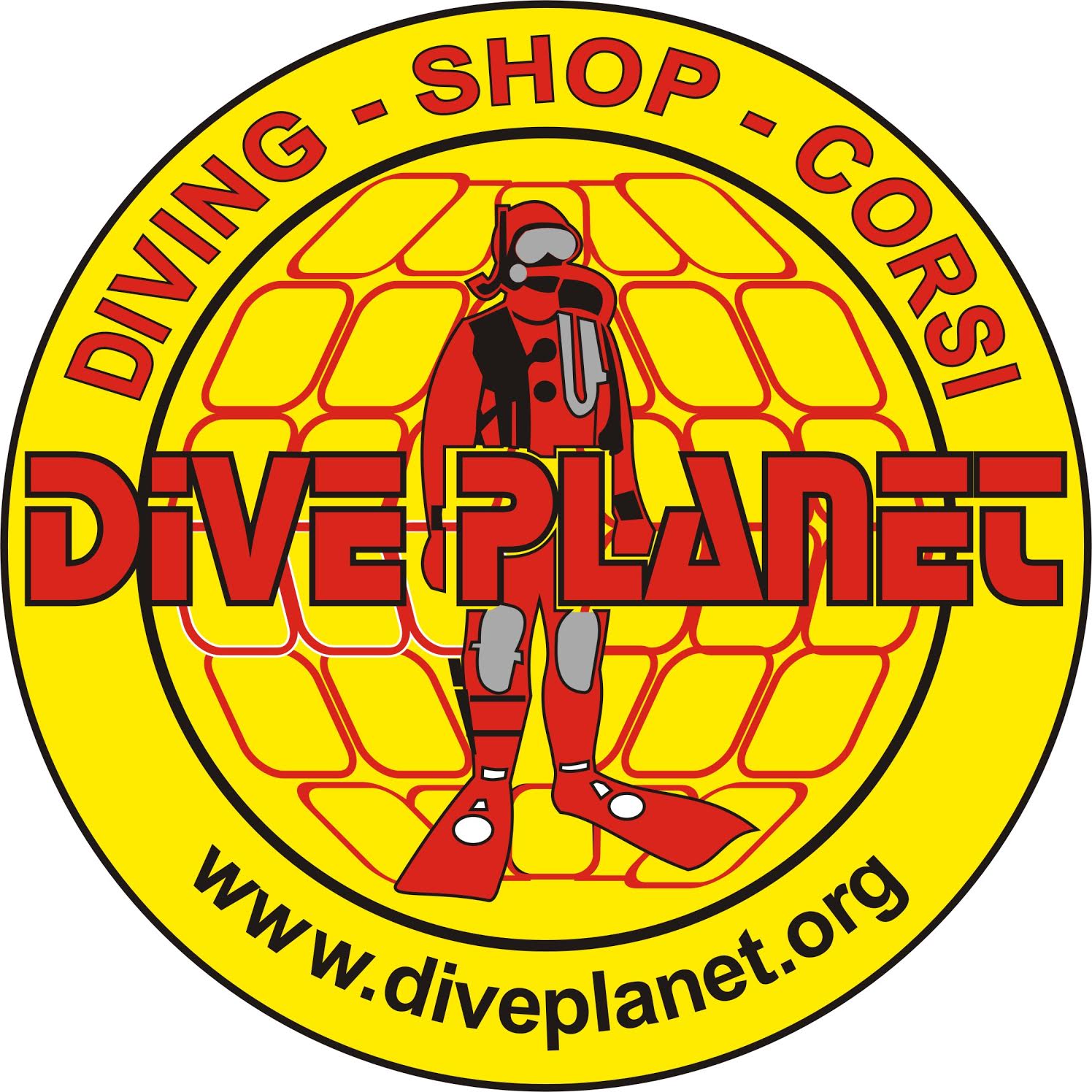Dive Planet is one of the most experienced centers on this site, in fact we perform 2 thirds of all dives made annually on this wreck. Our dives are daily, and weekly we also organize Full Day with 2 dives and lunch on board. Depending on the license, we can also accompany divers in little-known areas, such as the “container”, the “drill” that blew up the wreck, the 4 penetrable caves, the outermost pylons, etc. On our dives we can provide air-loaded tanks and nitrox of the desired percentage. We accompany you on the tour of the Paguro with “Scooter Divers”, lasting about 50 min. Ideal site for lovers of biological photography! On 21 July 1995, the Ministry of Agricultural, Food and Forestry Resources issued the Decree “Establishment of the biological protection area within the maritime compartment of Ravenna” (updated on 5 November 1996).
We arrive at the Paguro in just 35 min. with our fast dinghies.
Minimum depth: 8 meters
Maximum depth 29 meters
Penetration of the central part of the structure is not permitted.
Minimum required certification: Scuba Diver – Open Water Diver o equivalenti
Gloves, boots, personal signal bag, mandatory!
Download the species census form and submit it!


Dive Planet is a member of the board of directors of the Paguro association

The history of Paguro begins with the first drilling of wells for the extraction of methane that AGIP began in the Ravenna off-shore in the early 1960s. Italy did not possess platforms suitable for drilling at sea, so they were chartered by foreign shipowners at very high costs. Under American license, AGIP built the Perro Negro mobile self-elevating platforms and its sister Paguro, the latter built in 1962-63 in Porto Corsini (RA). The Paguro immediately took to the sea and started its own activity. In mid-1965, it was placed on a new site to drill the PC7 well (Porto Corsini 7) about 12 miles from the coast in front of the mouth of the Fiumi Uniti. Unfortunately, when on September 28, 1965, the drill reached the gas field at a depth of about 2,900 meters, there was a sudden eruption of fluid. It had happened that, in addition to the field being drilled, the drill (later found in 2017 at the bottom of the site by Dive Planet) had also affected a second underlying field, unplanned, which contained gas at a very high pressure. The wellhead safety valves were immediately activated, which worked perfectly and maintained the head pressure. Unfortunately, however, after a short time, the walls of the well gave way and the eruption of gas was released, at that point no longer controllable. And tragedy struck. The hermit crab found itself enveloped in water, gas and, shortly after, also by the flames fueled by the gas itself, which melted the metal parts that were above the eruption. Thus it was that the platform sank on September 29 into the crater formed in the seabed by the same gas that continued to escape at a pressure of about 600 atmospheres. As almost always happens, this tragedy also broke out during the night and with prohibitive weather and sea conditions; Three people died while the others were fortunately recovered by the personnel of the rescue vehicles, in the midst of both operational difficulties, due to environmental conditions, and emotional, due to the tragedy that was taking place there. The gas that continued to leak from the seabed and which, mixed with water dust, reached a height of more than 50 meters, continued to burn until, after about three months, AGIP, with the drilling of a diverted well a few hundred meters away, managed to cement the PC7. Several years have passed since 1965. In the 1990s, several small disused structures were placed above the wreck which made it even more fascinating. However, the highest part of the wreck is still at an altitude of about -8 meters, while most of the housing has now collapsed corroded by oxide and galvanic currents. The crater formed on the seabed is always present and reaches about -32 meters. From that disastrous event, the Hermit Crab began its metamorphosis and on its structures, battered by that tragic event and theater of death, a new life has slowly exploded, that wonderful and magical life that God wanted to inhabit the seabed and that fascinates us every time we dive. Soon the wreck, from a submerged memory of a tragedy, was transformed into a destination for sport divers with biological protection, for the exceptional richness of life that had found a way to develop in that artificial reef.



Phases of the sinking of the Drilling Platform (courtesy of Associazione Paguro)


drawing of the sinking and closing work of the well on which the Paguro platform was drilled (courtesy of Faustolo Rambelli)














































